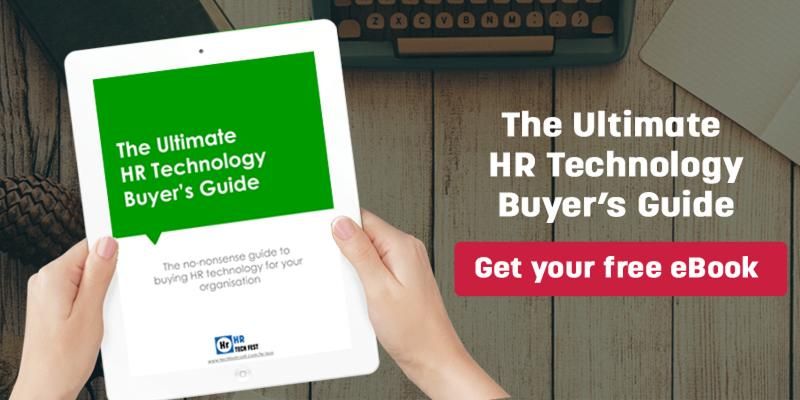Time to Ditch Your Excel Spreadsheets for Better HR Tech
)
The dangers of excel are not unknown yet many companies continue to review their most valued asset's remuneration on spreadsheets.
The scenario is rather chaotic: HR teams work tirelessly at nights and weekends during remuneration review to ensure the salary review process runs smooth, cutting spreadsheets in numerous ways by division, team, location or any other attribute they need to manage remuneration budgets to. Data flies back and forth via email, passwords get corrupted at times, cells are changed by human error and the last minute of printing letters is most dreaded. We hear often how painful the whole process is, the nightmares, the anguish, potential of security breach and the anxiety that rem review may or may not complete in time, on budget, or as per expectation etc. Every HR team has battle scars that they carry proudly till next year's rem review round facing the same conundrum once again.
Although spreadsheets definitely have their place in financial planning and modelling to understand and present a snapshot of balance sheets, they are not ideal for analysing dynamic data or for HR decision-making processes. Moreover, excel sheets by their very nature are error prone and the most minor errors of underpayment can result in undue risk exposure for the organisation.
While HR teams are becoming more IT savvy and trying to get more out of increasingly complex spreadsheets to facilitate and control remuneration reviews, the risk of errors is significant. The multiple disadvantages and risks of depending on spreadsheets as your main productivity tool include, but are not limited to the following:
- Not made for team collaboration or easy communication. Employee information is not just used by one team or one manager in a typical organisation. Often, there are multiple stakeholders contributing to the employee's HR related information and it is inefficient and ineffective to use a spread sheet as the single destination for this information. This leads to the next big disadvantage.
- Getting it wrong. When there are multiple stakeholders trying to contribute to a single repository of information (in this case – an excel spreadsheet), then slicing and dicing information to arrive at decisions, it is very hard to maintain version control. It is harder still to avoid duplications of information and effort. And if there is indeed wrong information fed into a spreadsheet, whether by mistake or intentionally, there are no audit trails that may lead to the identification of the source.
- Open to disaster. Even when spreadsheets are password protected, it is easy enough to break the protection with free tools available on the net and once a spreadsheet has been distributed, it is hard to control what is actually happening with them – they could be emailed out of the company's network or printed and carelessly left on a work desk. These are just a few disadvantages of depending on spreadsheets for critical HR processes, but the bottom line is that in the long run they do not foster growth and transparency within the business. Even though spreadsheets are simple and easy to use for most people, they should not be the tool to use for information about the organisation's most important assets – its people.
If you're working with spreadsheets and wondering if it's time to switch your organisation's HR processes to a more sophisticated system, use the following check list to manage the transition:
- Identify the spreadsheets that are used for business-critical HR processes.
- Clarify and document all of the risks associated with the spreadsheets your organisation uses for HR processes and establish which spreadsheets pose the biggest risk, and which need greater security, version controls and backup.
- Confirm that the new HR systems you are considering will address the issues previously faced with the use of spreadsheets.
- Ensure standardised processes are used across the organisation for HR practices and these can be configured into your new HR system.
- Determine if your existing HR data and processes could be improved and refined with best practices that may come coded within the new web-based software.
While this transition may seem daunting at the start, once you've moved your operations to a cloud-based sophisticated system, you will never go back to using excel sheets for your payroll and HR data management. If still in doubt, talk to some HR Tech experts, or with those who've already made the transition.
About the AuthorPivot Software enable HR interactions that are meaningful and beneficial. Conversations between managers and staff are supported, and not replaced, using solutions which are as easy to use as a simple website. Over 60 organisations across Australia and New Zealand use Pivot's solutions, with the majority coming from the energy, resources, financial services and professional services sectors.
Pivot is a proud Community Partner of HR Tech Fest 2016.
Â
.png)

